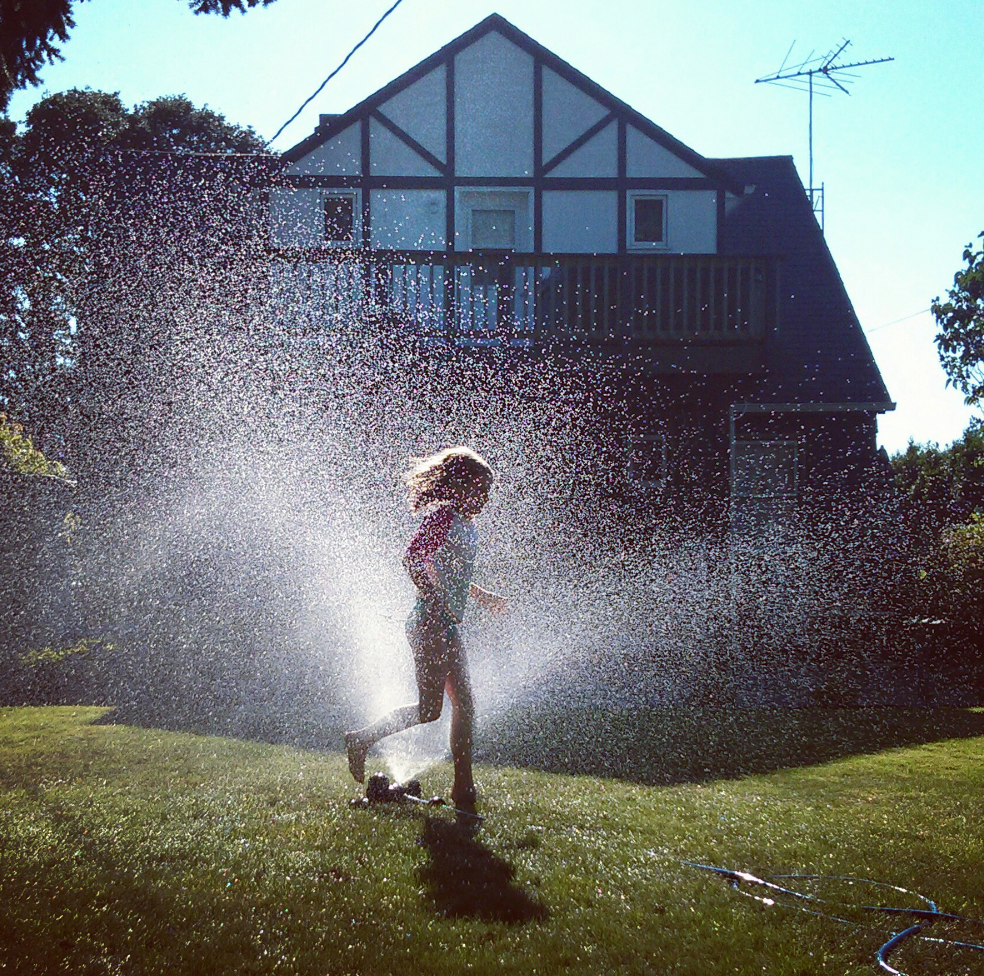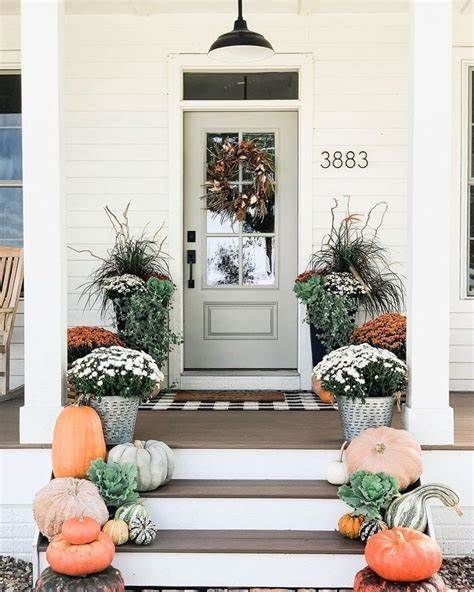BLOG
Tips and tricks to help you during this journey. Learn about real estate, property management and everything in between.

As temperatures soar and climate patterns shift, many regions are experiencing the hottest summers on record. Extreme heat not only poses a risk to our health and well-being but also to our homes. Prolonged high temperatures can lead to various forms of damage that can be costly to repair if not properly addressed. Here’s a look at what extreme heat can do to your home and how you can prevent potential damage. 1. Roof Damage What Happens: High temperatures can cause roofing materials to expand and contract, leading to cracks, warping, and even shingles peeling away. Prolonged exposure to heat can also weaken the roof's structural integrity, making it more susceptible to leaks. Prevention Tips: Regular Inspections: Conduct routine inspections of your roof, especially before the summer season, to identify and repair any damage. Proper Ventilation: Ensure your attic is well-ventilated to reduce heat buildup, which can damage your roof from the inside out. Reflective Coatings: Apply reflective roof coatings to deflect sunlight and reduce heat absorption. 2. Foundation Issues What Happens: Extreme heat can cause the soil around your home to dry out and contract, leading to shifts in your foundation. This can result in cracks in the walls, uneven floors, and doors and windows that no longer close properly. Prevention Tips: Consistent Watering: Maintain a consistent moisture level around your home’s foundation by watering the surrounding soil during dry spells. Landscaping: Plant shrubs and trees at a safe distance from your home to help retain soil moisture without causing root-related damage. Foundation Inspection: Regularly inspect your foundation for any signs of cracking or movement and address issues promptly. 3. HVAC System Overload What Happens: As temperatures rise, your air conditioning system works overtime to keep your home cool. This can lead to increased wear and tear, potential breakdowns, and higher energy bills. Prevention Tips: Routine Maintenance: Schedule regular maintenance for your HVAC system to ensure it’s operating efficiently. Thermostat Management: Use a programmable thermostat to optimize cooling and reduce the strain on your system. Insulation and Sealing: Improve your home’s insulation and seal any leaks to keep cool air inside and reduce the load on your HVAC system. 4. Exterior Paint and Siding Degradation What Happens: Prolonged exposure to high temperatures and UV rays can cause exterior paint to fade, blister, and peel. Siding materials can also warp and deteriorate over time. Prevention Tips: Quality Materials: Use high-quality, UV-resistant paint and siding materials designed to withstand extreme weather conditions. Regular Maintenance: Inspect and maintain your home’s exterior regularly, repainting or repairing as needed to prevent long-term damage. 5. Window and Door Issues What Happens: Extreme heat can cause window and door frames to expand and warp, leading to gaps that allow hot air in and cool air out. This reduces energy efficiency and increases cooling costs. Prevention Tips: Weatherstripping: Apply weatherstripping to windows and doors to seal gaps and improve insulation. Double-Glazing: Consider upgrading to double-glazed windows for better thermal efficiency. Shade Solutions: Use blinds, shades, or window films to reduce heat gain through windows. 6. Plumbing Problems What Happens: High temperatures can cause pipes, especially those in uninsulated areas like attics and garages, to expand and potentially burst. The increased water usage during hot months can also strain your plumbing system. Prevention Tips: Pipe Insulation: Insulate exposed pipes to protect them from extreme temperatures. Regular Checks: Conduct regular checks for leaks and address any plumbing issues immediately. Efficient Fixtures: Install water-efficient fixtures to reduce the strain on your plumbing system. 7. Pest Infestations What Happens: As temperatures rise, pests like ants, termites, and rodents seek cooler areas, often finding refuge in your home. These pests can cause significant structural damage and health hazards. Prevention Tips: Sealing Entry Points: Seal any cracks and gaps in your home’s exterior to prevent pests from entering. Pest Control: Schedule regular pest control treatments to keep infestations at bay. Proper Storage: Store food and waste in sealed containers to avoid attracting pests. As we brace for potentially the hottest summer ever, it’s crucial to take proactive measures to protect our homes from the damaging effects of extreme heat. By staying vigilant and performing regular maintenance, you can ensure your home remains a safe and comfortable haven, regardless of the rising temperatures outside. Stay cool, stay prepared, and enjoy a worry-free summer!




